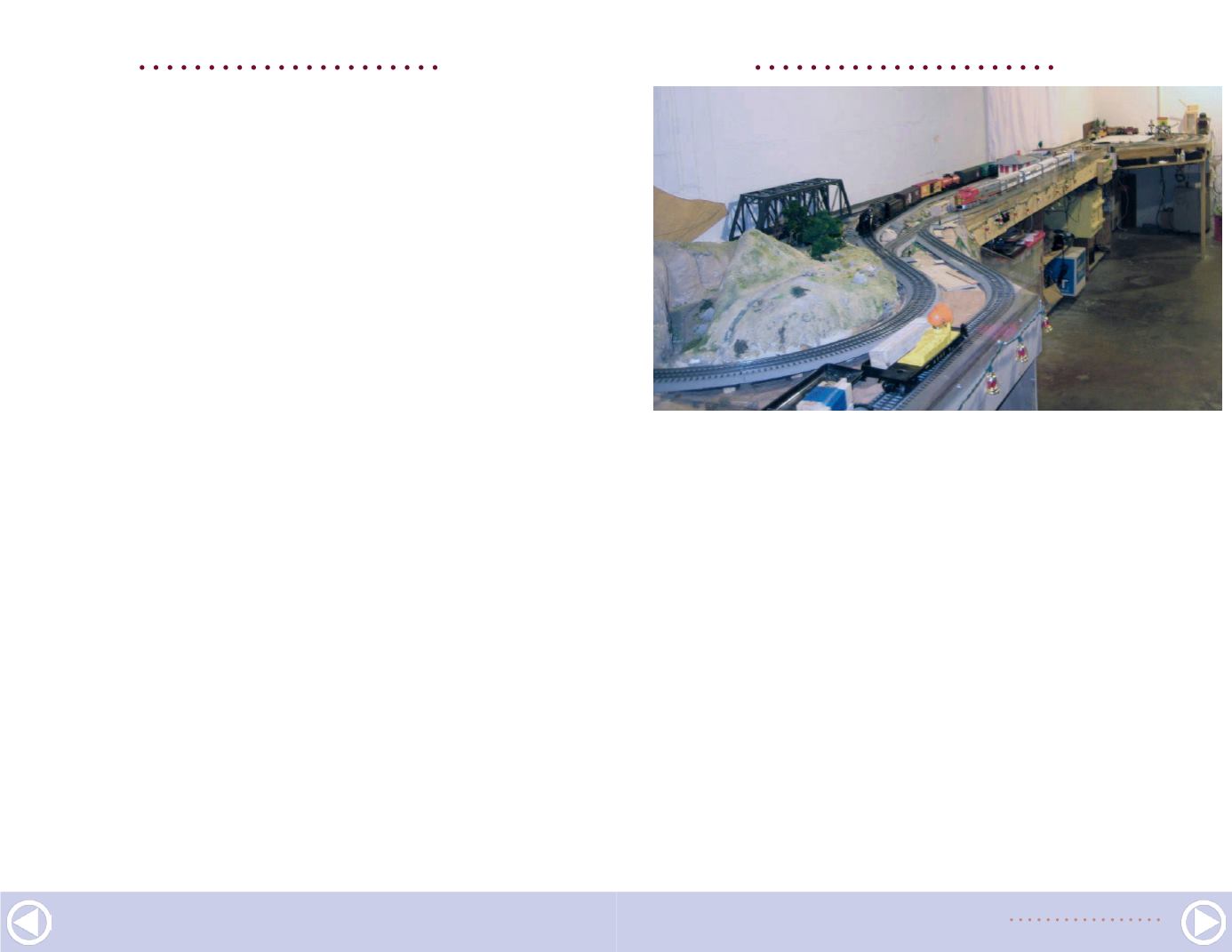
end-stage AMD. Smaller than a pea, the telescope implant uses
micro-optical technology to magnify images which would nor-
mally be seen in straight ahead, or central-vision. The images
are projected onto the healthy portion of the retina not affected
by the disease, making it possible for patients like Dan to see
what’s in front of them.
After speaking with his retina specialist, a specially trained low
vision optometrist, an ophthalmic surgeon and occupational
therapists who are involved with telescope implant procedure
and rehabilitation, respectively, Dan decided to move forward
even though the device sounded more like science fiction than
science fact.
The implantation procedure is performed on one eye only, and
involves removing the eye’s natural lens and implanting the tiny
telescope. The other eye remains as is to preserve peripheral
vision, which is important for balance and orientation. This
part of the treatment is done in an outpatient setting by a spe-
cially trained ophthalmologist called a cornea/cataract surgeon.
Following the surgery, Dan recalls, “It took some practice to
learn how to use the telescope and I did a wide variety of eye-
strengthening exercises, but soon I was ready to get back to my
trains. Like any telescope, images are magnified. This aspect
really helped me to make connections and now I am back to
using all my trains.”
What’s even more remarkable than Dan working with trains, is
the fact that he can once again see the faces of his loved ones,
including his wife, Jean, his three children and his grandchil-
dren. Dan is also an enthusiastic downhill skier and has no
trouble discerning the snowy slopes or distances ahead now
that he has the telescope implant.
MODELER REGAINS SIGHT |
4
To be considered a potential candidate for the telescope
implant, an ophthalmologist must first confirm that you:
Have irreversible, End-Stage AMD resulting from either dry or
wet AMD
Are no longer a candidate for drug treatment of your AMD
Have not had cataract surgery in the eye in which the tele-
scope will be implanted
Meet age, vision, and cornea health requirements
Dan said, “Being able to watch a person’s face as you to talk to
them is a feature that I had forgotten. Now I can not only see their
faces and their reaction to my words, but I can also see their eyes
and where they are looking. I feel a part of the world again.”
1. Dan Dunbar’s Lionel trains run the length of his basement.
Thanks to a tiny telescope implant, his vision was restored and
he can watch the trains circle the track.
MODELER REGAINS SIGHT |
3


